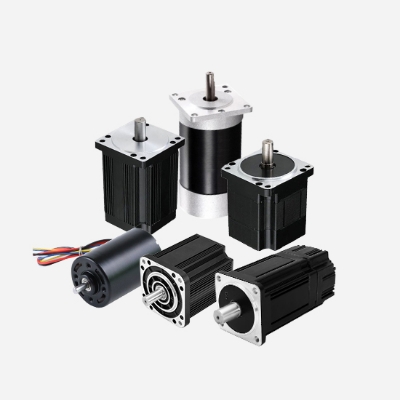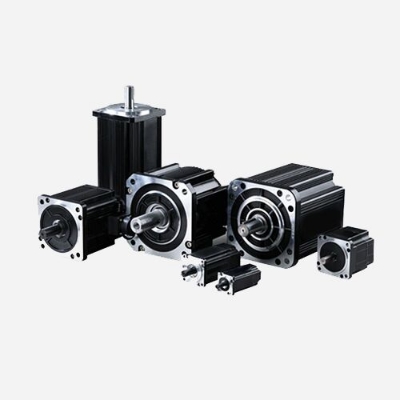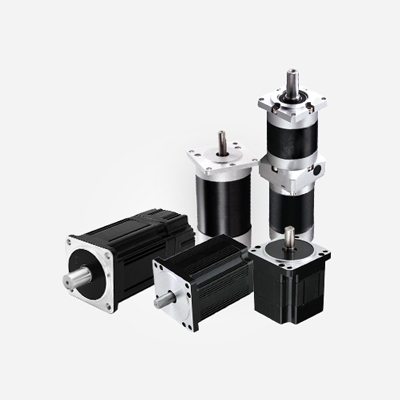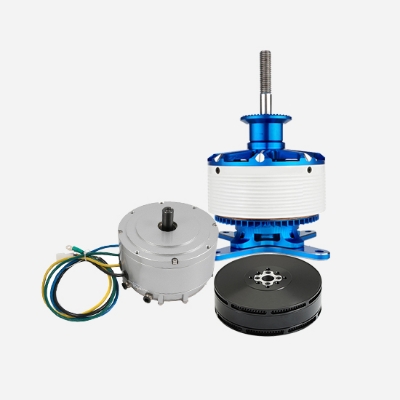What is sensored?
In the sensored brushless, the sensored refers to the "Hall sensor", so what is the "Hall"? Hall refers to the Hall effect. When the current passes through the conductor perpendicular to the external magnetic field, there will be a potential difference between the two end faces of the conductor perpendicular to the magnetic field and the current direction. This phenomenon is the Hall effect. This potential difference is also called the Hall potential difference. Simply put, through the Hall sensor, the brushless driver can clearly know the position of the rotor of the brushless motor.
What is sensorless?
The sensorless in the sensorless brushless refers to "no Hall sensor". In the absence of direct feedback, the sensorless brushless motor can only obtain the rotor position of the motor in an indirect way. Common methods include the back electromotive force method, inductance method, flux linkage method, high-frequency pulse method and other intelligent methods. The most widely used method is the back electromotive force method.
Since the sensorless brushless motor does not know the magnetic pole orientation of the rotor when it is started, it can only randomly change the current to drive the motor. It is similar to "guessing". There is always a time when the rotor will roll. The current changes to calculate the position of the rotor, and then control the current and direction.
Different from the sensored brushless motor, with the sensor, the driver can know the rotor magnetic pole orientation from the moment it is turned on, and can directly supply the corresponding current to the corresponding coil to drive the rotor. But when the current is very small, the motor will make a continuous sound. This is why a sensored motor will hear a constant noise at low speeds, while a sensorless brushless motor will not.
Sensored vs. Sensorless Brushless Motor
They are two types of brushless motors. The sensorless brushless motor senses the state and position of the rotor through the Hall element in the motor, and the sensorless countless motors use the ESC back EMF signal to determine the rotor position commutation. The sensorless brushless motor can know the position of the rotor in a static state, and the sensorless brushless motor can only be judged when it rotates, so the sensorless brushless motor will shake when it just starts, and it is difficult to control at low speed. The sensored brushless motor uses Hall element induction, which is not easy to be disturbed and the judgment is more accurate.
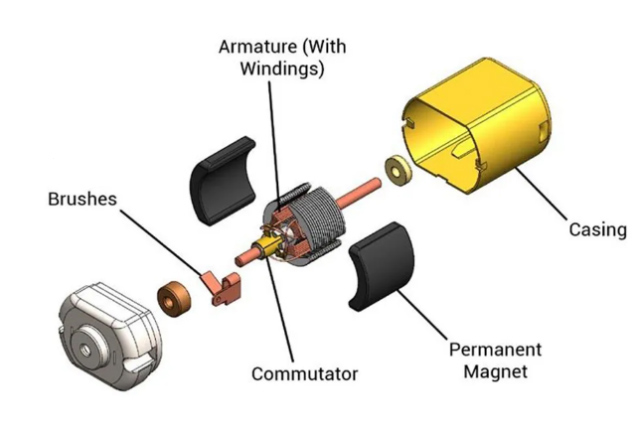
Pros and cons of sensored brushless motors
- Advantages: The linearity of the sensored brushless motor is better, the speed stability is strong, and the response is high.
- Disadvantages: high cost, and not waterproof. Due to the limitation of the Hall sensor, it is easy to interfere, so the driver receives the wrong information and causes the failure. Therefore, the length of the line from the driver to the motor is generally limited to within 5 meters.
Pros and cons of sensorless brushless motors
- Advantages: Sensorless brushless motors cost less. Wire length is not limited by the influence of the Hall sensor.
- Disadvantages: Linear is not as good as sensored brushless motors. In addition, because the driver does not have accurate feedback on the speed, the error will be more than ±20 rpm. It is easy to shake or fail to start with load and full load.

